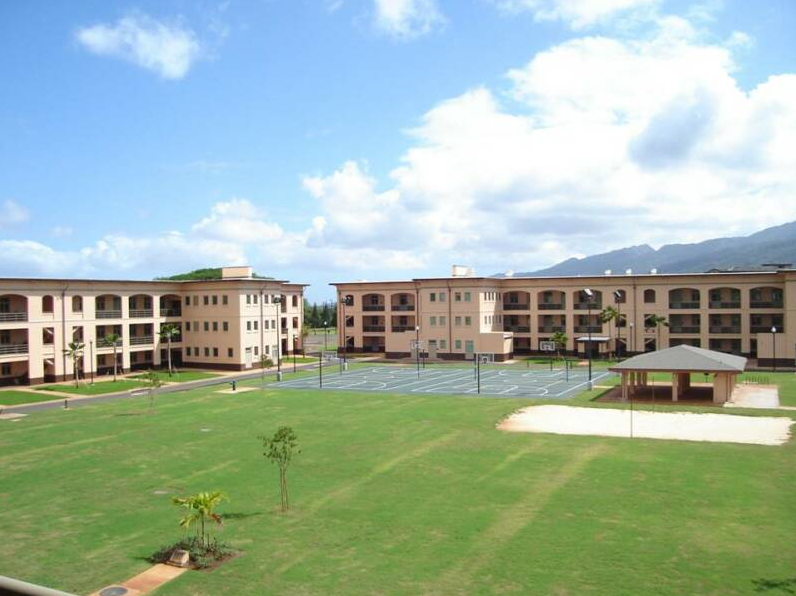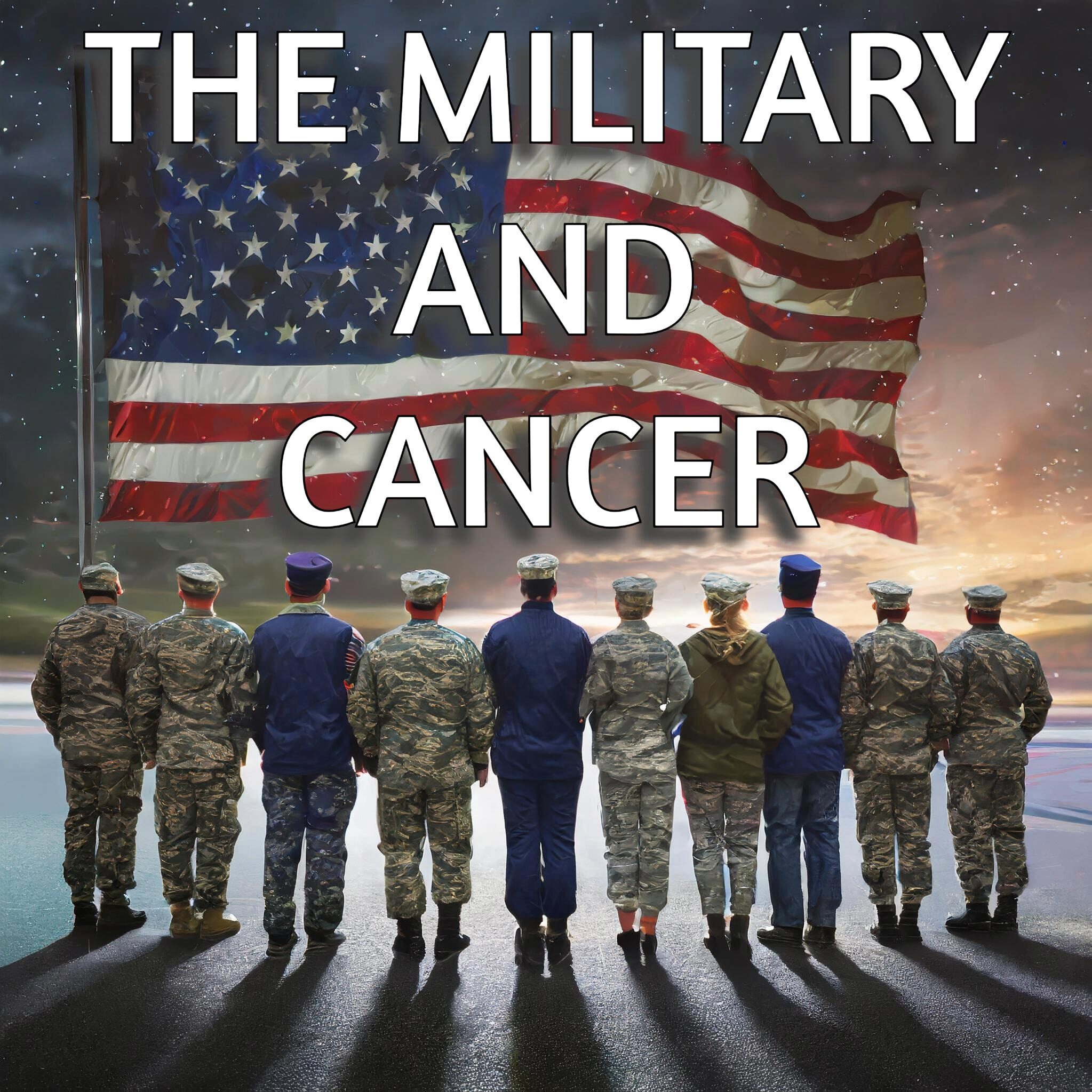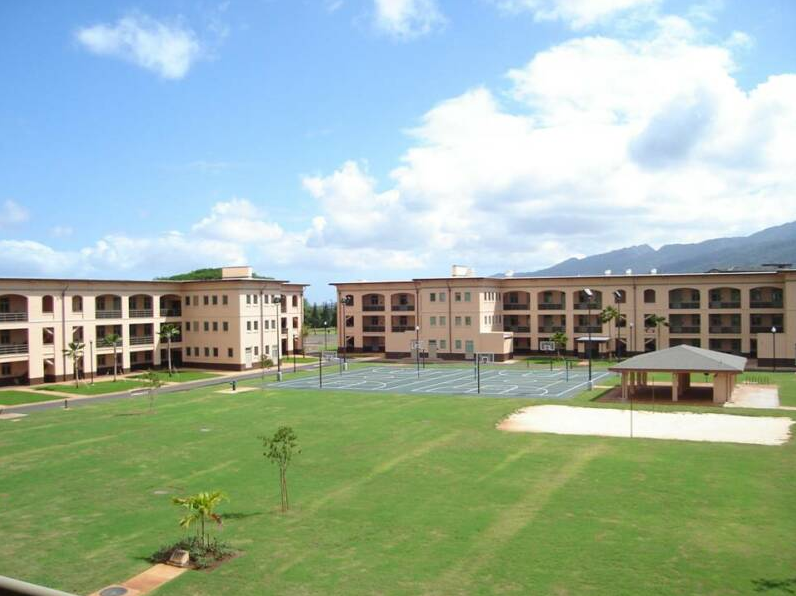
Schofield Barracks is a United States Army installation located in central Oahu, Hawaii. It was established in 1908 as a cavalry post and has since become one of the largest Army bases in the United States. The installation is named after Lieutenant General John M. Schofield, who served during the Civil War and was later the Secretary of War.
While Schofield Barracks is known for its historical significance and strategic military importance, it has also been associated with environmental hazards that may pose health risks to veterans and their families. One of the most significant environmental concerns at Schofield Barracks is the presence of asbestos, a carcinogenic substance that was commonly used in construction materials until the 1970s. Exposure to asbestos can lead to lung cancer, mesothelioma, and other respiratory diseases.
Here are some cancers that could potentially be related to veterans that served at Schofield Barracks:
- Lung cancer
- Mesothelioma
- Leukemia
- Lymphoma
- Multiple myeloma
- Prostate cancer
- Kidney cancer
- Liver cancer
- Bladder cancer
- Breast cancer
PFAS
At Schofield Barracks, veterans may have been exposed to PFAS through the use of firefighting foam, which contains PFAS and was used during training exercises and in response to actual fires. The foam can contaminate soil and groundwater, and PFAS can also enter the drinking water supply through leaching and runoff. The Department of Defense has identified several sites on the base where PFAS contamination has been found, including a firefighting training area and a landfill.
In addition, veterans and their families may have been exposed to PFAS through the consumption of contaminated drinking water on or near the base. The Army has conducted testing of drinking water wells and identified PFAS contamination in some areas, including the town of Wahiawa, which is adjacent to Schofield Barracks.
TCE
At Schofield Barracks, veterans may have been exposed to TCE through the use of the chemical in various industrial and maintenance activities on the base. TCE was used as a degreaser for cleaning metal parts and as a solvent for cleaning and maintaining aircraft and other vehicles. Additionally, TCE was used to clean the fuel lines and tanks of generators and other equipment on the base.
Contamination from TCE can occur through groundwater, soil, and air exposure. TCE can contaminate soil and groundwater through spills, leaks, and improper disposal of waste materials. TCE vapors can also enter the air from soil or water and pose a risk of inhalation exposure.
The Department of Defense has identified several areas on Schofield Barracks where TCE contamination has been found, including the former Schofield Barracks landfill, the base’s former underground storage tanks, and the Wheeler Army Airfield.
If you are a veteran who served at Schofield Barracks and are concerned about potential exposure to TCE or other environmental hazards, you should speak with a healthcare professional and consider seeking advice from a veterans’ service organization.
It’s important to note that not all veterans who served at Schofield Barracks will develop cancer or other health problems related to their military service. However, if you are a veteran who served at Schofield Barracks and are experiencing symptoms or concerns related to your health, you should speak with a healthcare professional and consider seeking advice from a veterans’ service organization.


